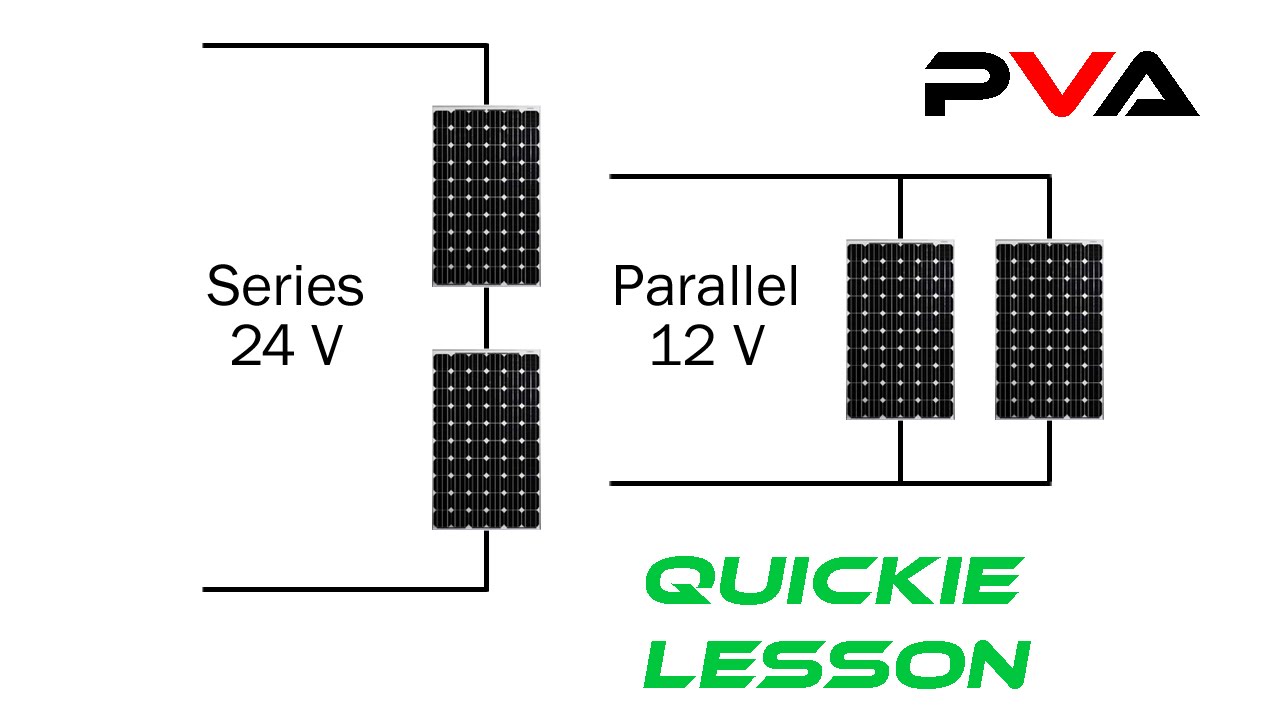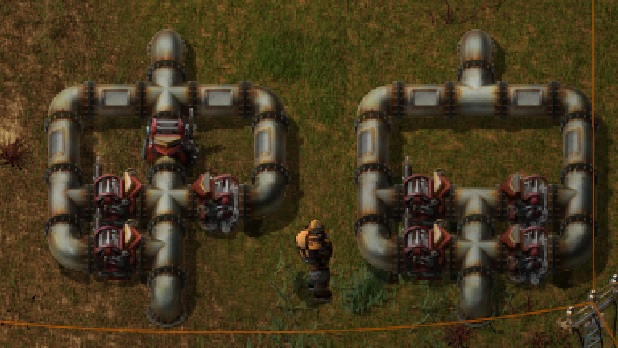Small pump rate/pressure confusion
Posted: Thu Jun 02, 2016 12:38 am
tl;dr
I've found information about 30 units per second, per pump, and only increasing total pipe throughput beyond 30/s when using pumps in parallel, but I'm still thoroughly confused about the mechanics of small pumps, especially in series, because rate of transfer increases when I use pumps in series, in both long and short pipe-distances. I have zero mods.
For instance, when connecting an empty storage tank to a full storage tank without any pumps and at a distance of one pipe, it gradually equalizes. If I place a small pump where the pipe is, it speeds up. If I start from scratch with a full tank and place an empty tank at a few pipes' distance, connect it, and gradually swap in small pumps in series, it further increases the rate of transfer. The rate of 30/s is either never met with one pump or it goes beyond that. Because I'm not familiar with the complete mechanics of the game or how to properly test and measure, I don't understand what is going on or how to apply it to the rest of the game, so the usage of parallel pumps doesn't make any sense to me, because the easiest (accidental) test for me shows that a noticeable increase exists with pumps in series well before reaching equilibrium between the tanks, so pressure relative to height of the fluid vs pump doesn't seem to play a role. To further complicate things (if pressure changes as a result of height & gravity don't play a role), what mechanics (if different from the full tank being on the input side) still allow a nearly-full storage tank being filled by a nearly-empty storage tank and one pump, to be accelerated by additional pumps? Transferring those last few units can take some time, and it speeds up with pumps in series.
I've read about the throughput for various distances of pipes which makes the above situation very confusing for short distances. I also read someone mentioning that "pressure" is visually shown to us, the users, as a mathematical result of various, singular points of mathematical input, rather than being calculated in real-time for distances, turns, heights, pumps, and other dynamics affecting throughput. That makes sense, because that would be a lot of physics to account for in real-time. But, if it's been simplified, what is allowing me to seemingly notice improvements of both long and short pipelines' throughput by using pumps in series in relatively simple systems? It certainly seems like long pipelines fill a storage tank faster with more pumps in series, but for many reasons of game mechanics I've read, I don't understand why this is so.
I'm not an engineer, but I'd still like to know which elements of fluid dynamics (real or fabricated) are in play, because the simple explanations I've read are contrary to my experiences, and I'm building "wrong" systems as a result of pumps in series, but it works for some reason.
I've found information about 30 units per second, per pump, and only increasing total pipe throughput beyond 30/s when using pumps in parallel, but I'm still thoroughly confused about the mechanics of small pumps, especially in series, because rate of transfer increases when I use pumps in series, in both long and short pipe-distances. I have zero mods.
For instance, when connecting an empty storage tank to a full storage tank without any pumps and at a distance of one pipe, it gradually equalizes. If I place a small pump where the pipe is, it speeds up. If I start from scratch with a full tank and place an empty tank at a few pipes' distance, connect it, and gradually swap in small pumps in series, it further increases the rate of transfer. The rate of 30/s is either never met with one pump or it goes beyond that. Because I'm not familiar with the complete mechanics of the game or how to properly test and measure, I don't understand what is going on or how to apply it to the rest of the game, so the usage of parallel pumps doesn't make any sense to me, because the easiest (accidental) test for me shows that a noticeable increase exists with pumps in series well before reaching equilibrium between the tanks, so pressure relative to height of the fluid vs pump doesn't seem to play a role. To further complicate things (if pressure changes as a result of height & gravity don't play a role), what mechanics (if different from the full tank being on the input side) still allow a nearly-full storage tank being filled by a nearly-empty storage tank and one pump, to be accelerated by additional pumps? Transferring those last few units can take some time, and it speeds up with pumps in series.
I've read about the throughput for various distances of pipes which makes the above situation very confusing for short distances. I also read someone mentioning that "pressure" is visually shown to us, the users, as a mathematical result of various, singular points of mathematical input, rather than being calculated in real-time for distances, turns, heights, pumps, and other dynamics affecting throughput. That makes sense, because that would be a lot of physics to account for in real-time. But, if it's been simplified, what is allowing me to seemingly notice improvements of both long and short pipelines' throughput by using pumps in series in relatively simple systems? It certainly seems like long pipelines fill a storage tank faster with more pumps in series, but for many reasons of game mechanics I've read, I don't understand why this is so.
I'm not an engineer, but I'd still like to know which elements of fluid dynamics (real or fabricated) are in play, because the simple explanations I've read are contrary to my experiences, and I'm building "wrong" systems as a result of pumps in series, but it works for some reason.

